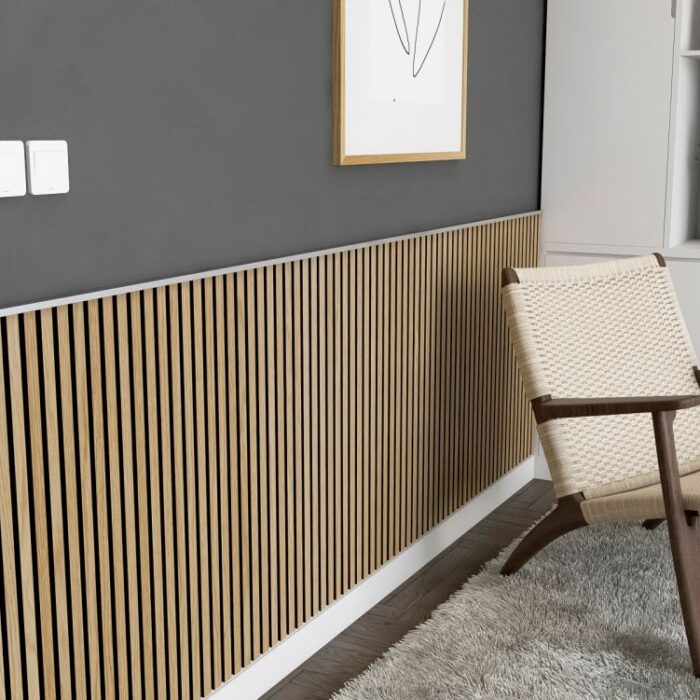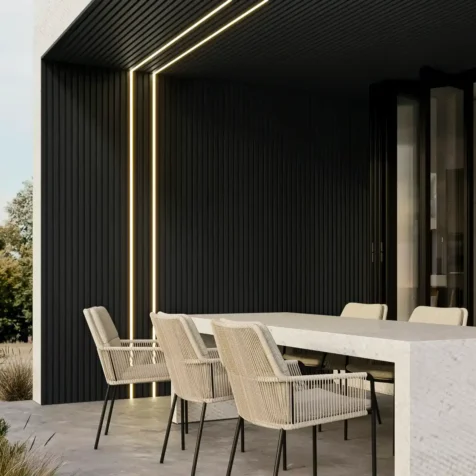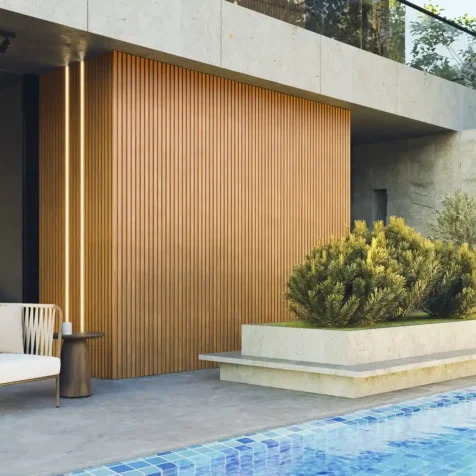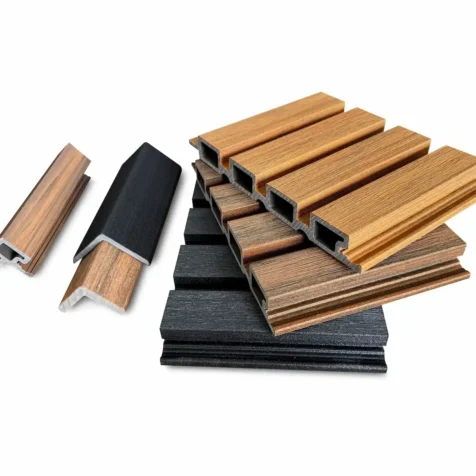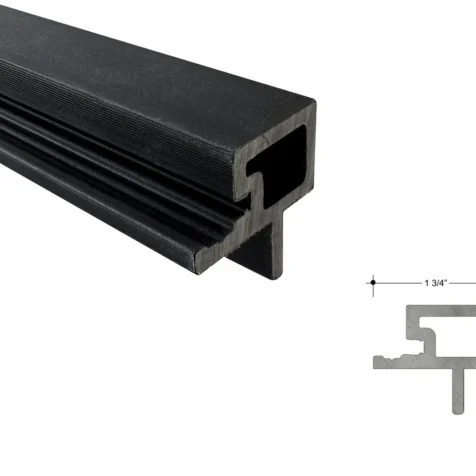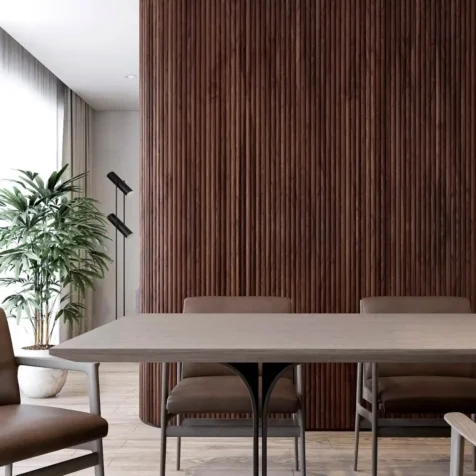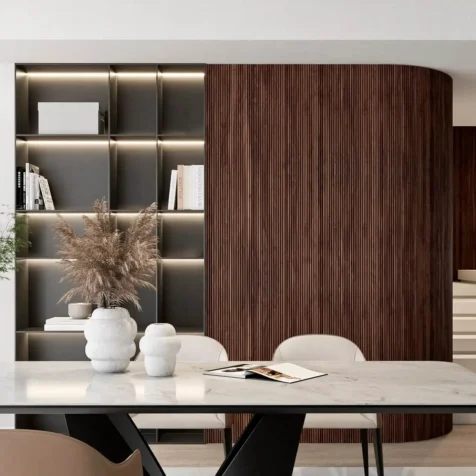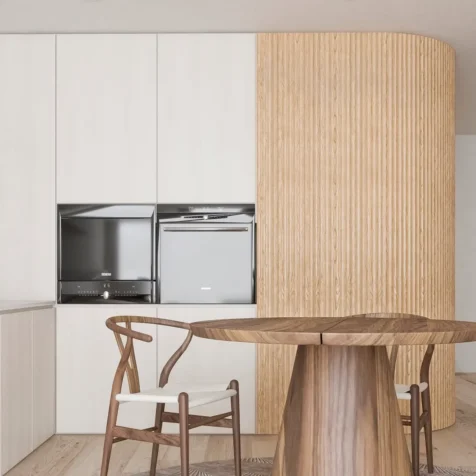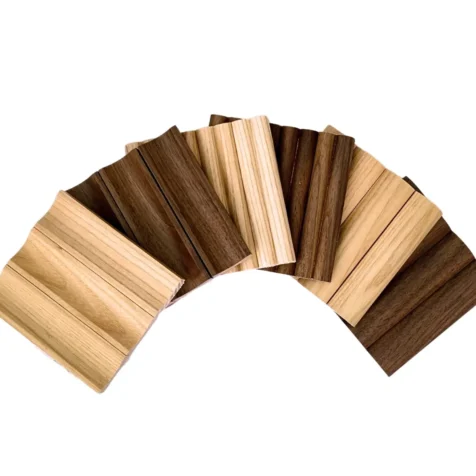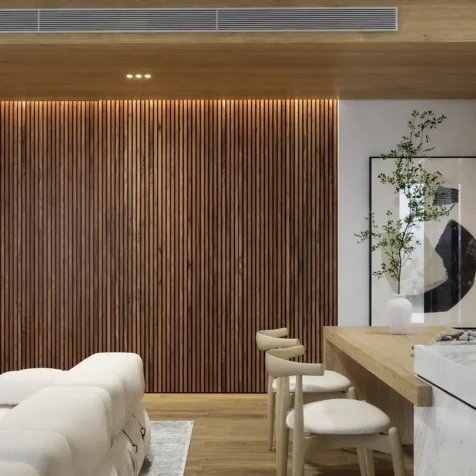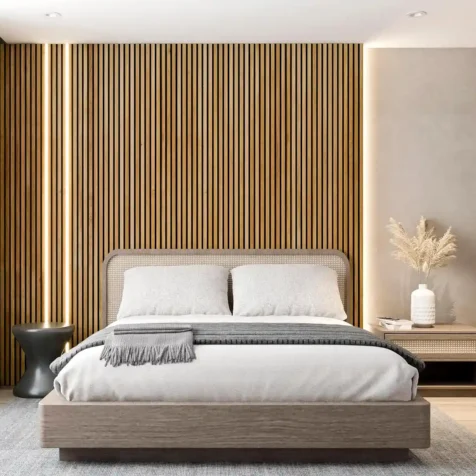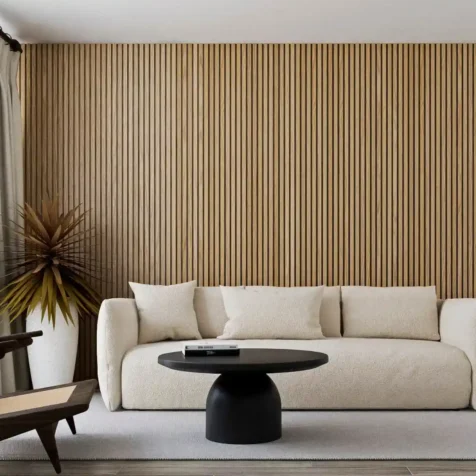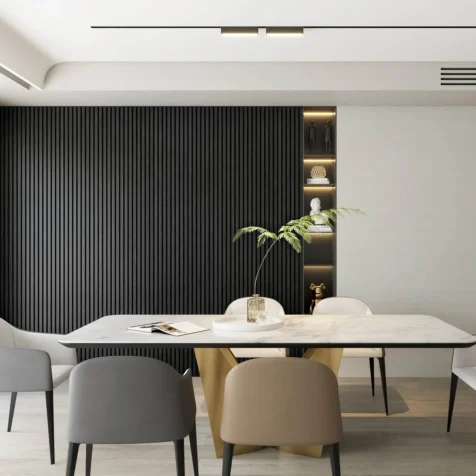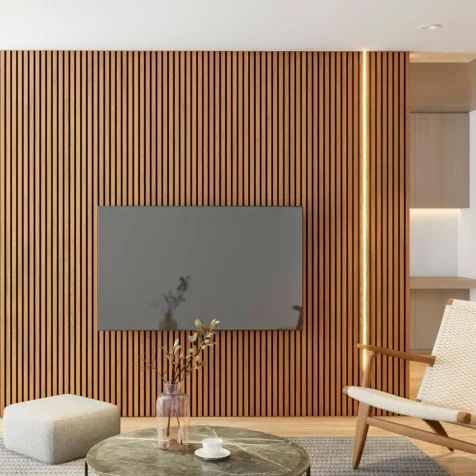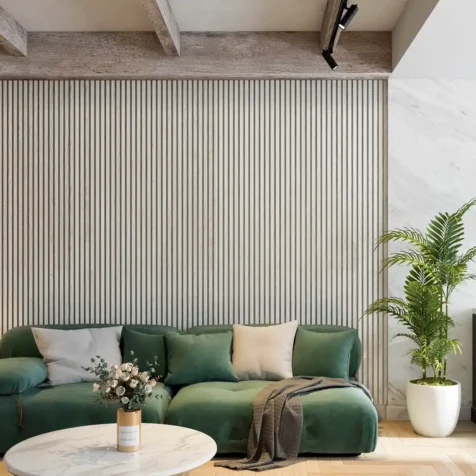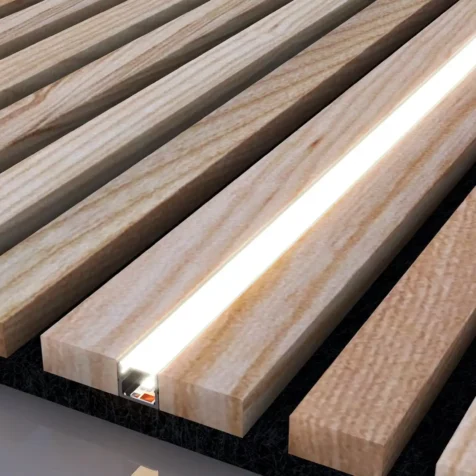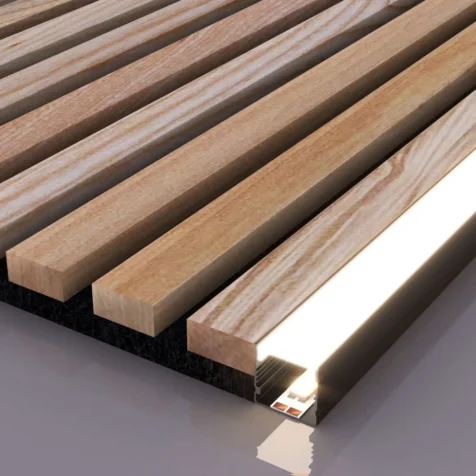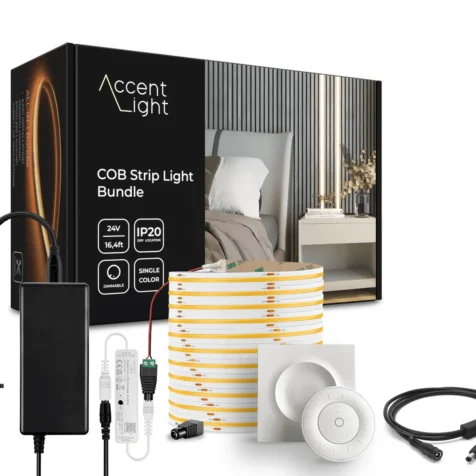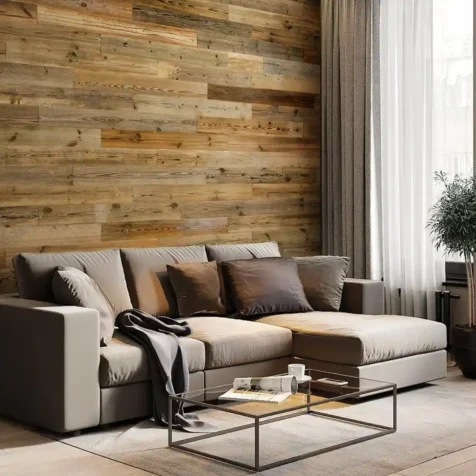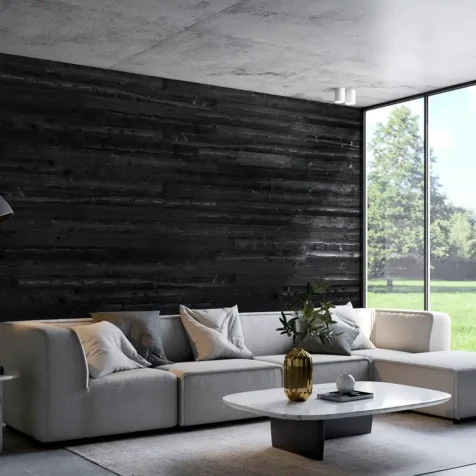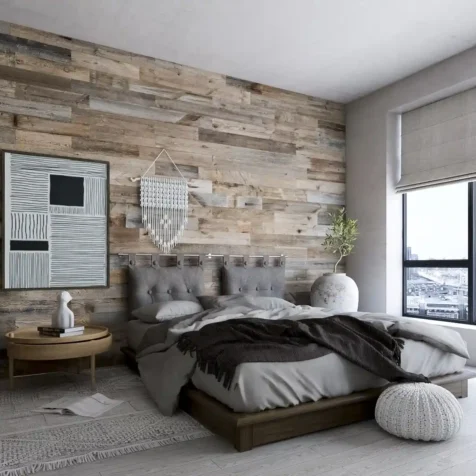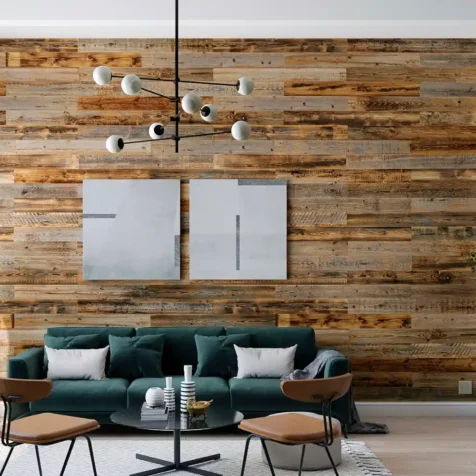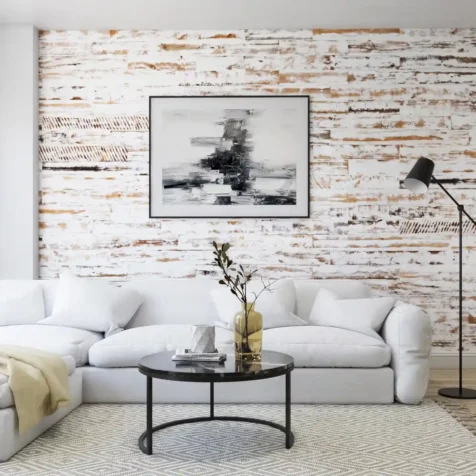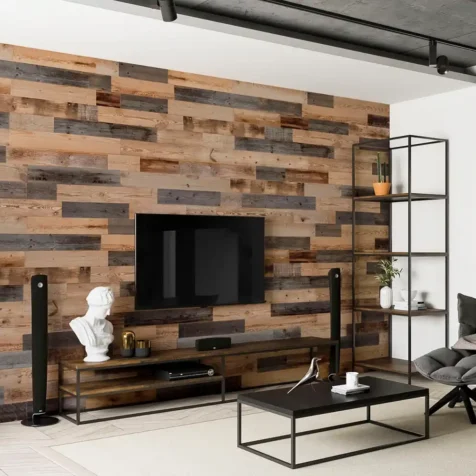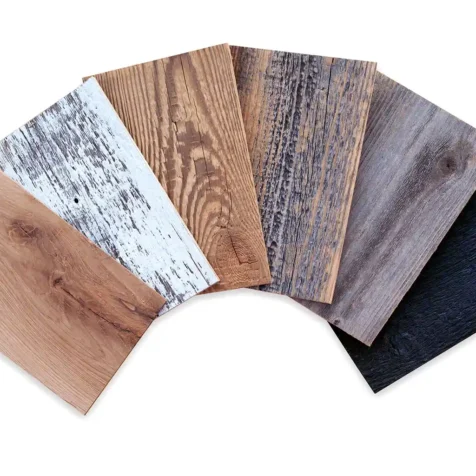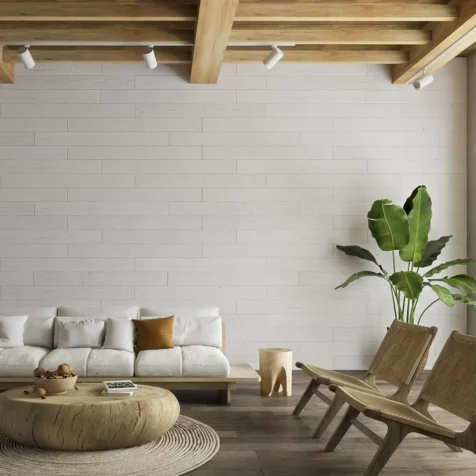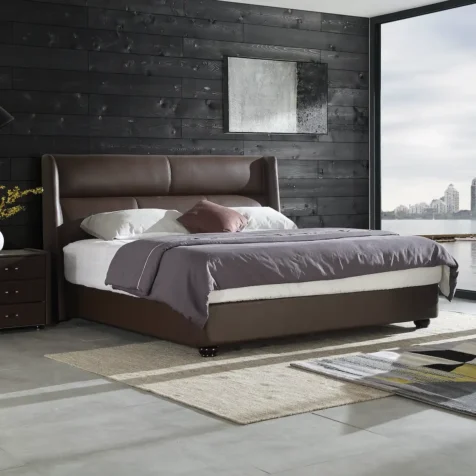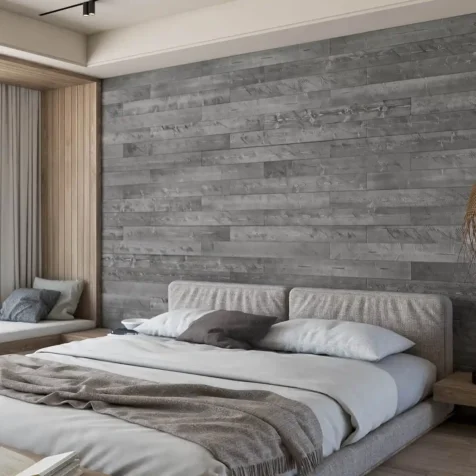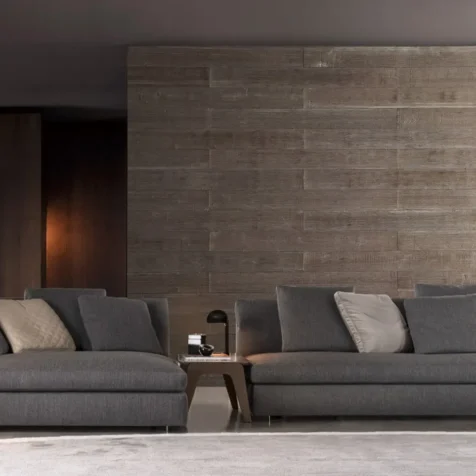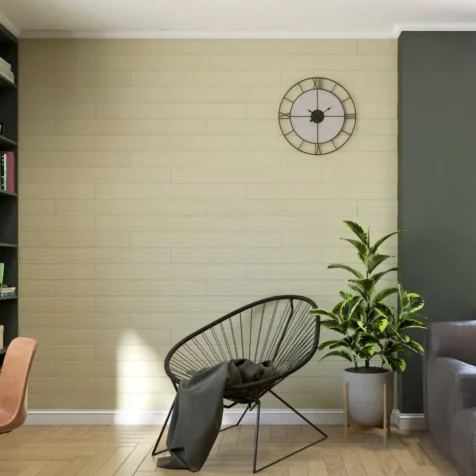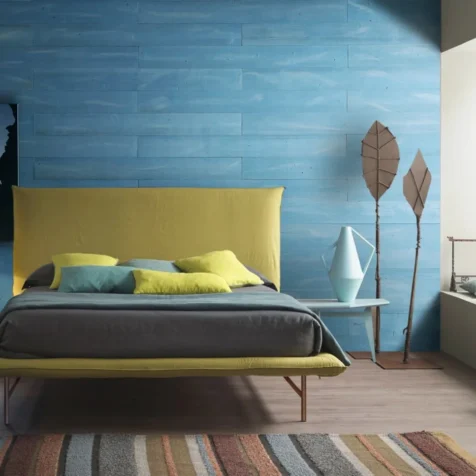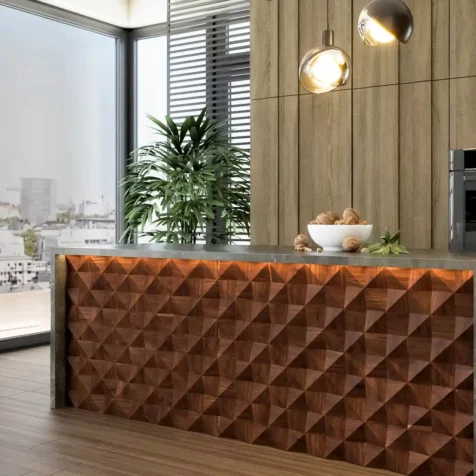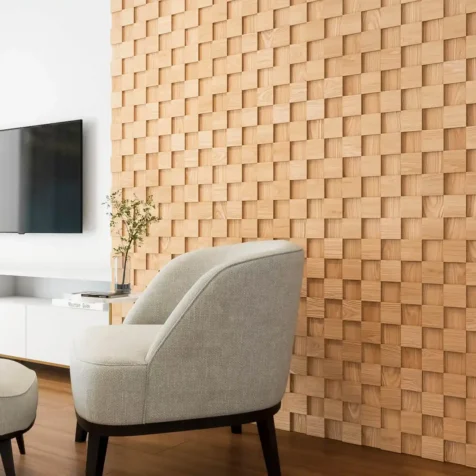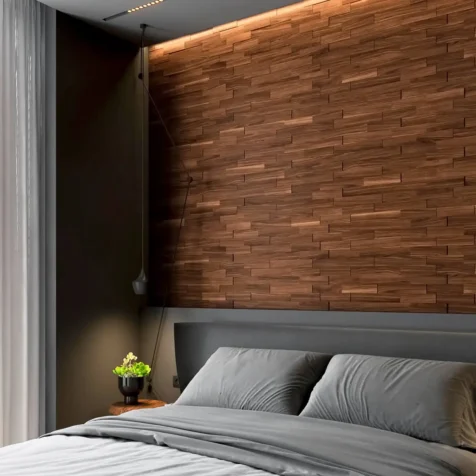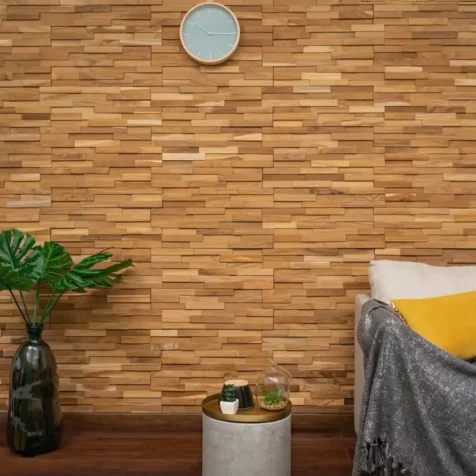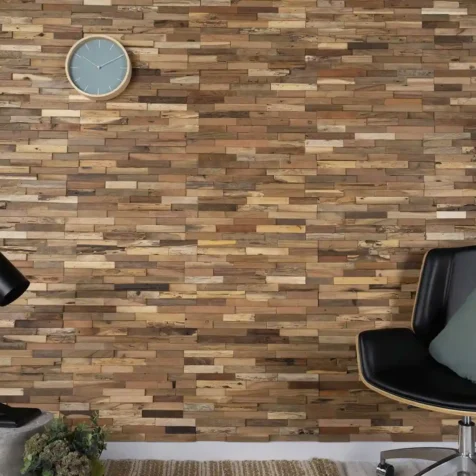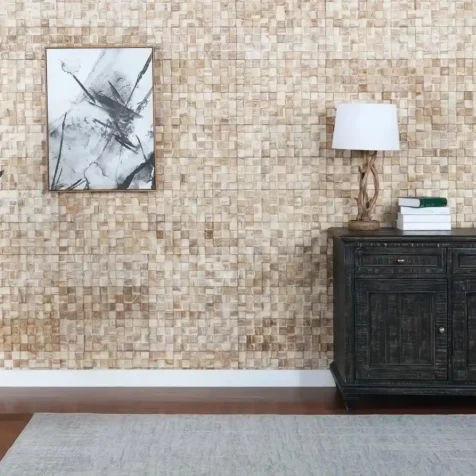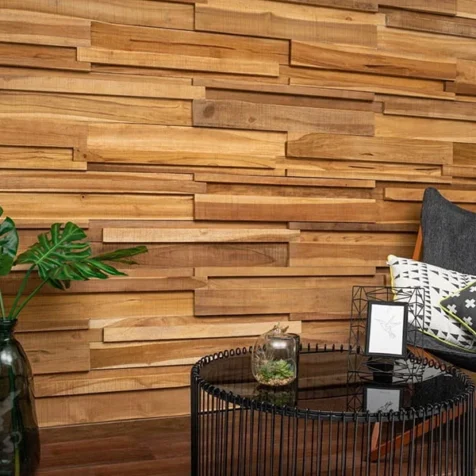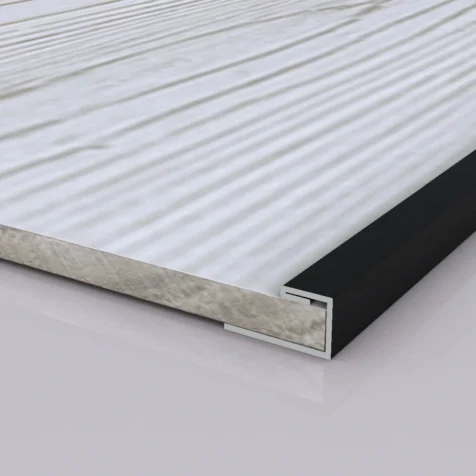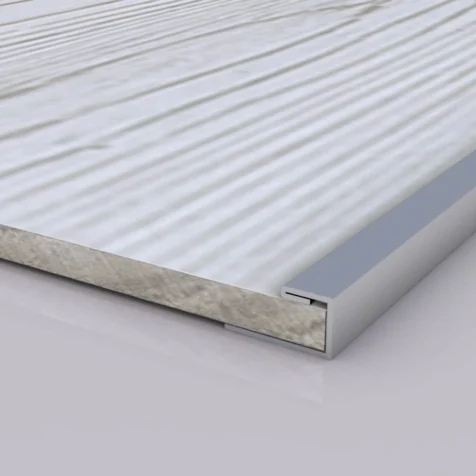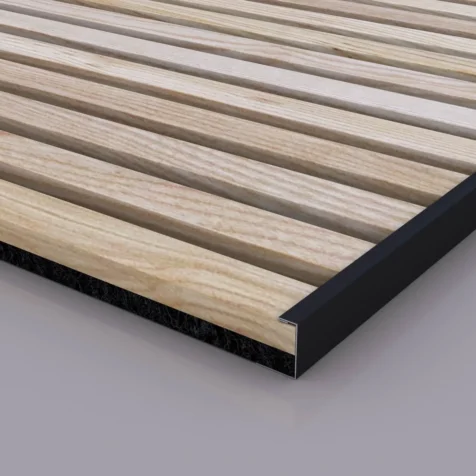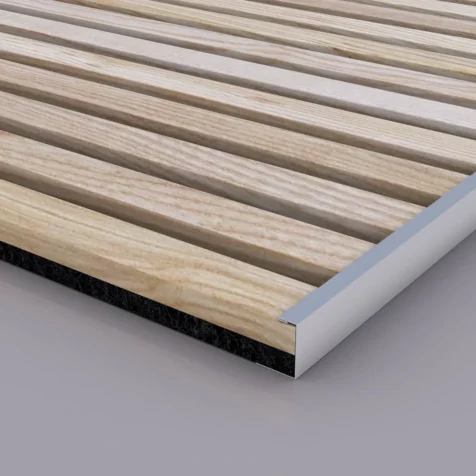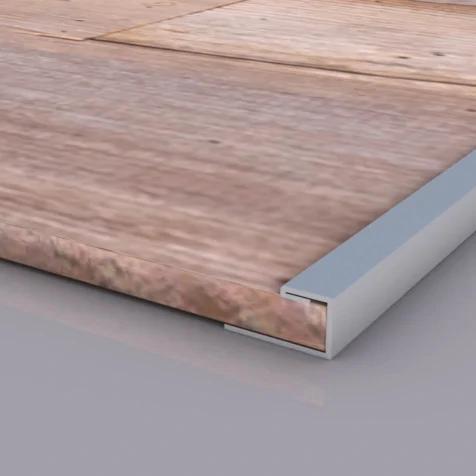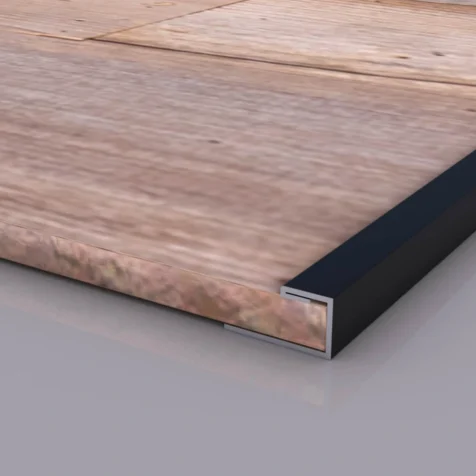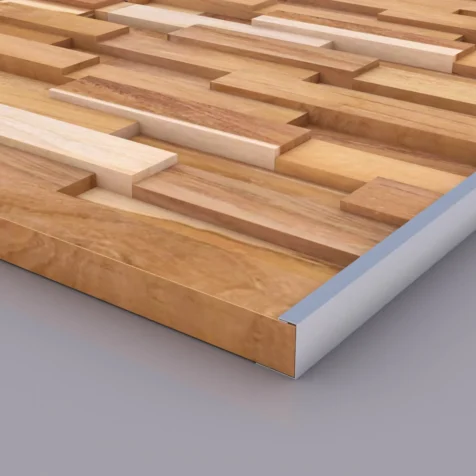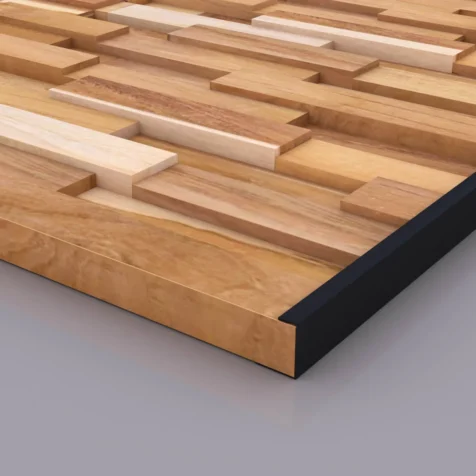Wainscoting vs Chair Rail Moulding: Which to Choose?
Wainscoting vs chair rail ideas are perfect for adding a unique touch to your house thanks to their flexible design possibilities. They can enhance the look and protection of walls and work best in high-traffic areas in your living space.
What is Wainscoting?
Wainscoting refers to the wooden paneling installation on the lower portion of internal walls, usually found in the living room, dining room, or entrance. These types of wall treatments strengthen antique dwellings’ weak walls, especially those from the seventeenth and eighteenth centuries, and increase the overall resilience of the building.
There are several commonly used wainscoting designs and styles, following are the most common types of wainscoting.
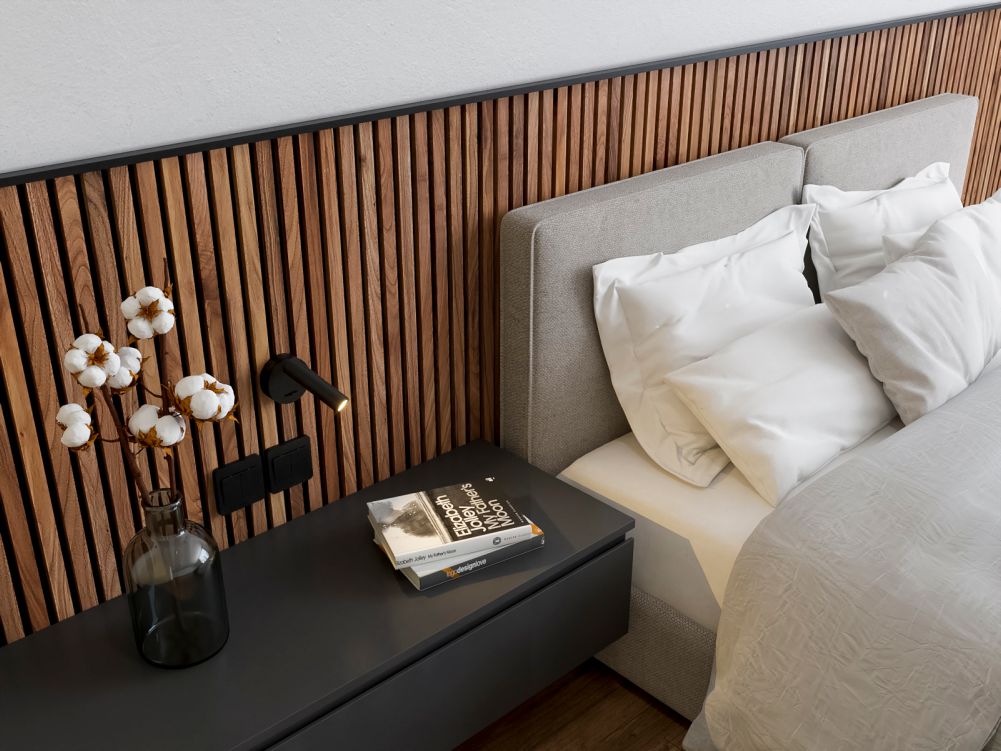
- Flat panel: Usually positioned behind the stiles and upper trim pieces, the panels have no raised edges and are flat in form.
- Raised panel: Level panels with the surrounding moulding and trim. In particular, it has a beveled edge that adds a little more depth and dimension.
- Wall panels: This is an affordable alternative. Instead of using wood panels, it uses the existing drywall, and wood stiles and moulding surround the drywall.
- Beaded panel: Small planks are positioned close to each other with stile-free or stile-equipped beaded panels.
- Overlay panel: This method blends raised and flat designs. It combines flat panels with extra panels placed on top.
What is Chair Rail Moulding?
Chair rail moulding is often measured two to three inches thick and placed horizontally along a room’s walls to shield them from chair damage and provide aesthetic appeal.
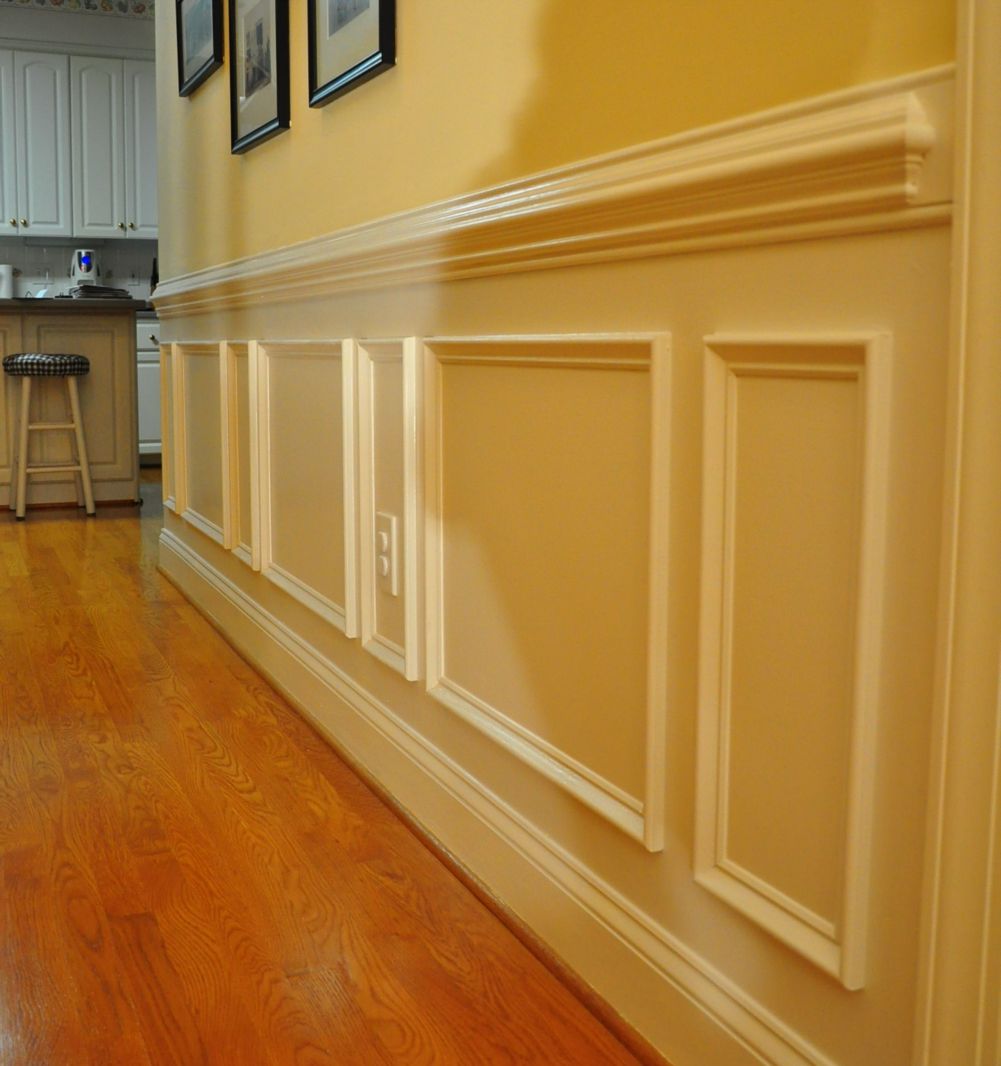
Chair rails can be polished, painted, or stained. These are some creative ways to use chair rails in your house to enhance the space’s look.
- Classic chair rail: expresses elegance and sophistication. It is made of white wood and features intricate moulding and detailing.
- Rustic chair rail: uses unfinished or stained natural wood strips and panels, giving it a more rustic, farmhouse aesthetic.
- Curved chair rail: adds a charming touch and complements two-toned color schemes. This chair rail features curved lines in a decorative style.
Wainscoting vs Chair Rail: What are The Differences?
Wainscoting and chair rail molding are often used together, but they serve very different purposes. Wainscoting is decorative paneling that covers the lower part of a wall, adding texture and style. It usually sits below a chair rail.
Chair rail moulding is a horizontal strip installed partway up the wall – either above wainscoting or on its own. Its original purpose was to protect walls from damage caused by the backs of chairs, but today, it’s often used as a design element. While they can be used separately, combining wainscoting with a chair rail creates a more finished, traditional look.
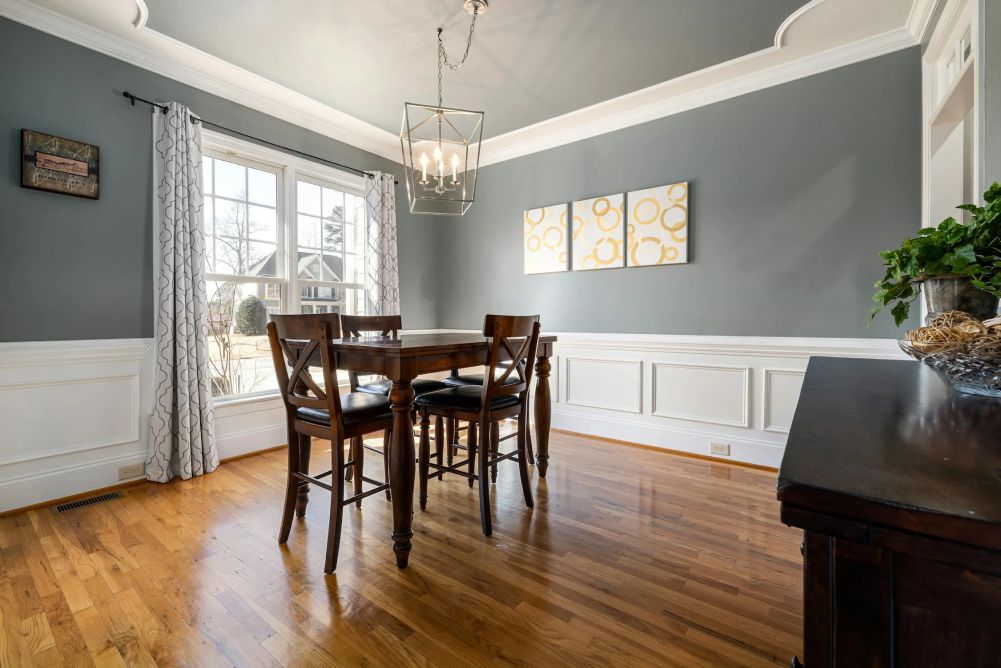
For a unified look, wainscoting is frequently capped with chair rail moulding. You can see how distinctive wainscoting vs chair rail is when comparing the four criteria below.
| Wainscoting | Chair Rail | |
|---|---|---|
| Using purposes | Protecting walls and creating a sense of depth | Protecting walls from furniture and dividing them visually and aesthetically |
| Installation costs | $1,500 – $2,500 based on 100 square feet | $360 – $720 based on 120 linear feet |
| Applications | Usually applied in foyers, staircases, dining rooms, bathrooms, and mudrooms | Commonly used in foyers, living rooms, and dining rooms |
| Height | Encompassing the lower third of the wall, usually at a height of 30 to 54 inches from the floor | Positioned one-third of the way up the wall, commonly between 32 and 36 inches from the floor |
How to Install Wainscoting Vs Chair Rail
Appropriate chair rail vs wainscoting installation can be very easy with the following steps.
- Step 1: Measure from the ground to the top of a dining chair’s back to decide the target height for wainscoting panels.
- Step 2: Draw a chalk line across the walls at the target height to guide the installation of the panels.
- Step 3: Mark the positions of the wall studs above the chalk line where the chair rails will be fastened.
- Step 4: Take measurements and cut a panel with tongue and groove to use as a model for uniform cut sizes.
- Step 5: Assign one person to measure and mark while the other uses a miter saw to cut the panels repeatedly.
- Step 6: Using a nail gun, fasten the panel tops at the chalk line, leaving the nails visible for subsequent covering.
- Step 7: After turning off the electricity and removing the coverings, cut notches in the panels with a jigsaw to make room for the outlet boxes.
- Step 8: Take a corner panel and trace its overlapping edge onto the panel next to it. Then, tear the traced panel to match the corner.
- Step 9: Bevel the edges where baseboards and quarter-round moulding join door frames and miter the corners.
- Step 10: Use miter or scarf joints to measure, cut, and nail the chair rail straight into the wall studs above the wainscoting.
Pros and Cons of Wainscoting Vs Chair Rail
Carefully weighing the potential benefits and drawbacks of wainscoting vs chair rail is necessary before incorporating these moulding components into space.
Wainscoting pros and cons:
- Pros:
- Providing your living space extra depth and dimensions
- Adding some insulation
- Shielding your walls from harm
- Masking pre-existing wall damage
- Available in a range of sizes and styles
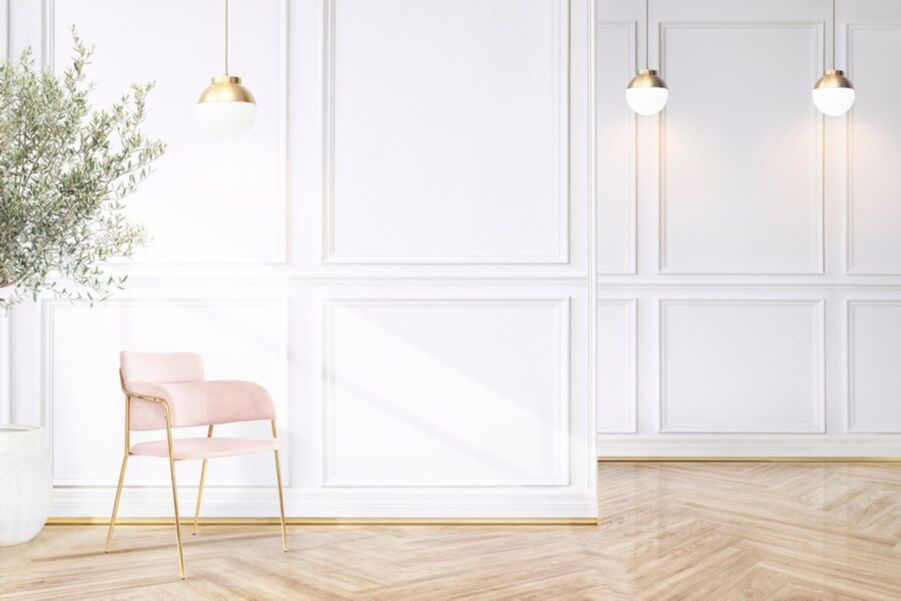
- Cons:
- Expensive compared to chair moulding
- Water damage if exposed to moisture
- Panels distorted or gaps due to improper installation
Chair Rail Pros and Cons:
- Pros:
- Guarding against furniture and chairs damaging walls
- Offering every space a hint of refinement
- Stained or painted to match the interior space design
- Inexpensive and available various moulding options
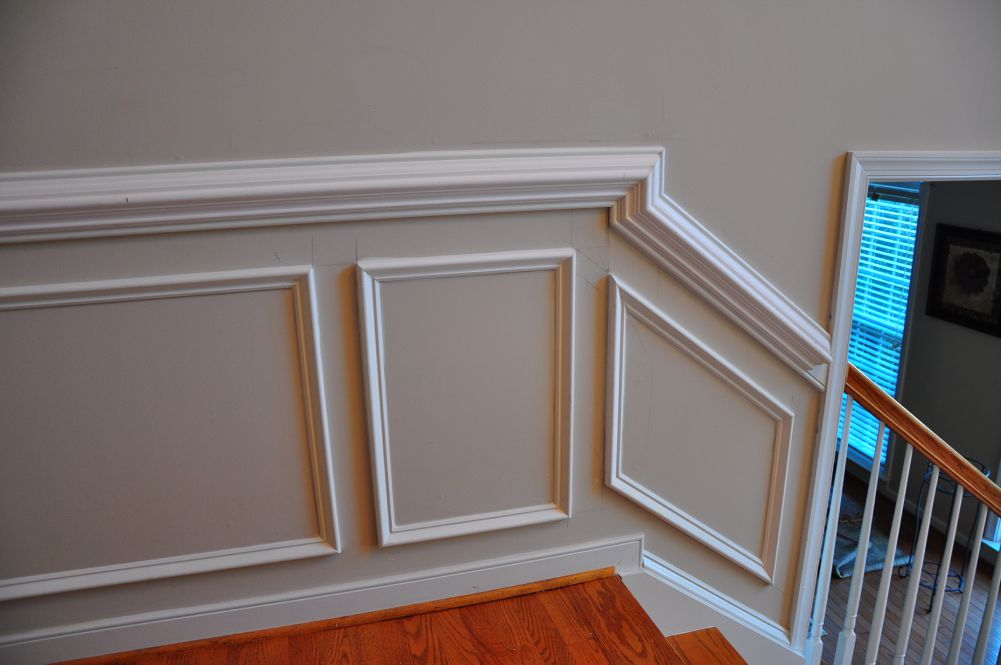
- Cons:
- Dust gathering
- Frequent touch-ups needed
- Uneven railing or gaps due to improper installation
How to Decorate Your Space with Wainscoting vs Chair Rail
Here are three instances where you can coordinate the chair rail moulding and wainscoting and strategically use it to design the room.
- Create an appealing home office: A beautiful and minimalistic style created by chair rail and wainscoting may add a subtle yet sophisticated touch to your home office without being overwhelming.
- Enhance your dining area: Redesign your dining area with light chair rail moulding, stylish panelled wainscoting, and dark walls.
- Blend vibrant wallpaper with chair rail moulding and wainscoting: Slick and modern elements combined with vibrant wallpaper may create a striking effect. This area will become warmer without being overwhelming.
Elevate Your Space with WoodyWalls Panels
Now you know the difference between wainscoting vs chair rail, go ahead and use these classic design components to improve your place’s usefulness and visual appeal.
Check out the selection of solid wood and acoustic wood panels from Woody Walls if you are searching for a quick and affordable method to touch up your house with modern designs, simple installation, and satisfaction.
Visit WoodyWalls and see how these design components may elevate your house.
FAQs
1. How Can You Remove Wainscoting off the Wall?
Cut the wainscoting seal, find the studs, and remove the nails using a utility knife. Next, use a pry bar to separate the railing from the wainscoting and stack the baseboards. Following that, remove the panels.
2. How Can You Remove Chair Rail?
Remove the trim, cut the caulk line, and scrape to a smooth finish. Then, apply 2 layers of spackling and 2 coats of joint compound. Finally, prime and paint the wall.
3. What Are the Risks of Installing Chair Rails and Wainscoting?
In homes with inadequate insulation, moisture, dampness, and dry conditions can cause wood chair rails and wainscoting to distort, rot, or fracture.

